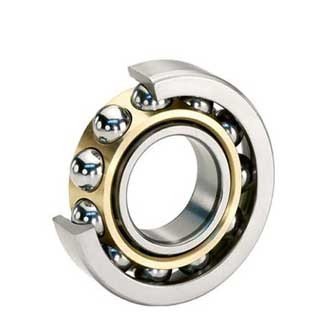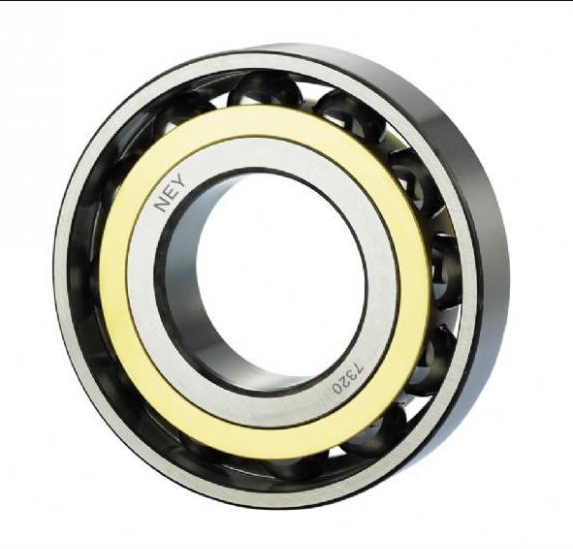The difference between super high speed angular contact ball bearings and other ordinary bearings
2020-9-9
The rolling element of the angular contact ball bearing is a ball, because it is a point contact (different from the line contact of the roller bearing), so it can provide higher speed, less heat generation and higher rotation accuracy. In some ultra-high-speed spindle applications, hybrid bearings with ceramic balls are also used. Compared with traditional steel balls, the characteristics of ceramic ball materials endow ceramic ball bearings with the characteristics of high rigidity, high speed, high temperature resistance and long life, so as to meet the needs of customers for machine tool bearing products.
Compared with ordinary ball bearings, general angular contact bearings can better offset part of the axial force because the balls have a certain angle. Generally, angular contact bearings are used in pairs! The front axle of the YSA spindle motor adopts a pair of back-to-back angular contact bearings, and the rear end uses deep groove ball ceramic bearings!


As far as the contact angle of angular contact ball bearings is concerned, the contact angles of 15 and 25 degrees are currently more popular; usually the contact angle of 15 degrees has a relatively high speed performance, while the contact angle of 25 degrees has a higher axial load capacity . Since the selection of preload has a great influence on the application of precision angular contact ball bearings, for example, in high load and high rigidity occasions, medium or heavy bearing preloads are generally selected; for some high speed, high precision applications, In the early selection of imported bearings, attention should be paid to selecting the appropriate preload. Preload is generally divided into three types: light, medium and heavy. Generally, light preload is more common. In order to facilitate the use of customers, there are generally universal paired precision angular contact ball bearings. This type of imported bearing eliminates the need for customers to adjust the preload, thus saving installation time.









